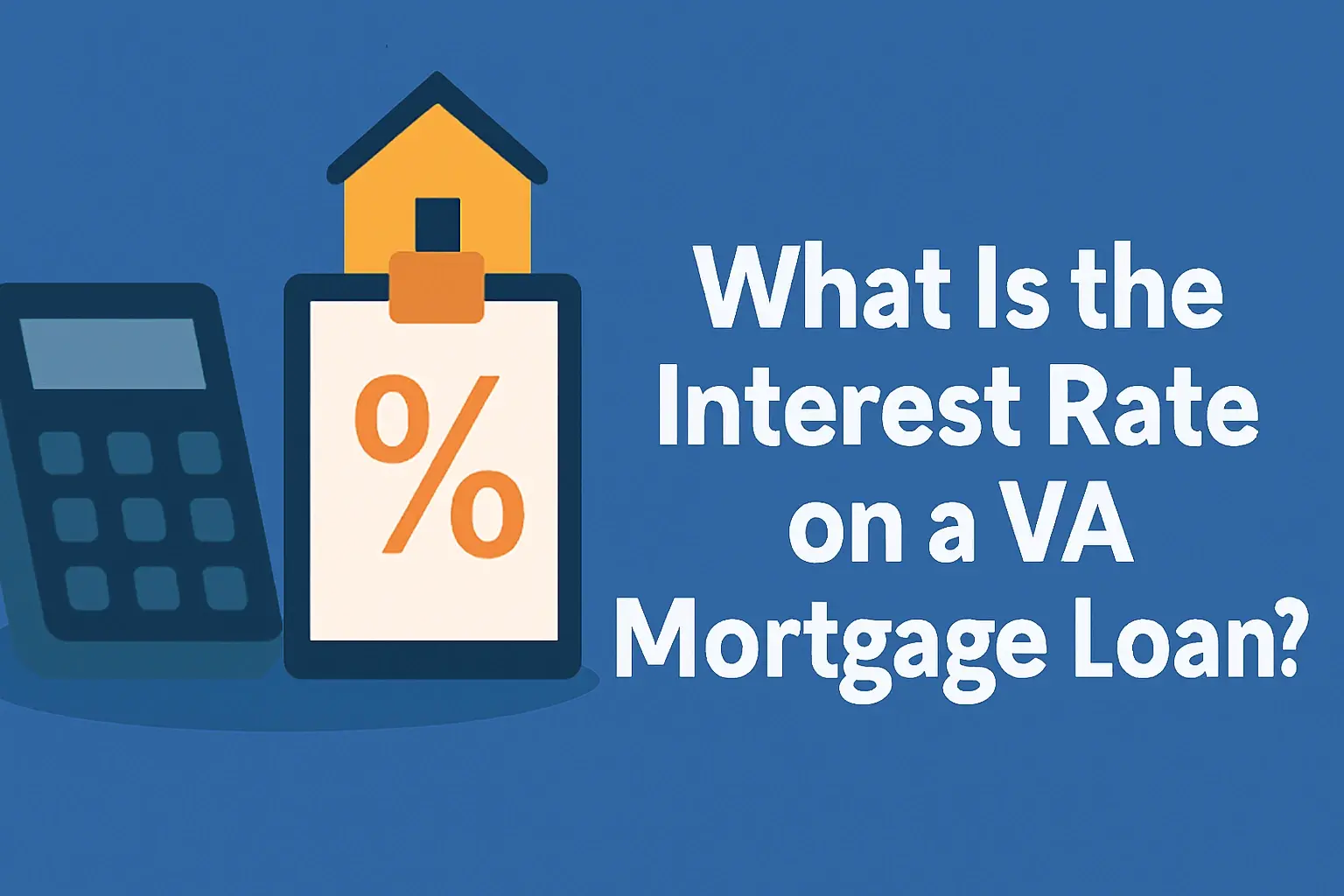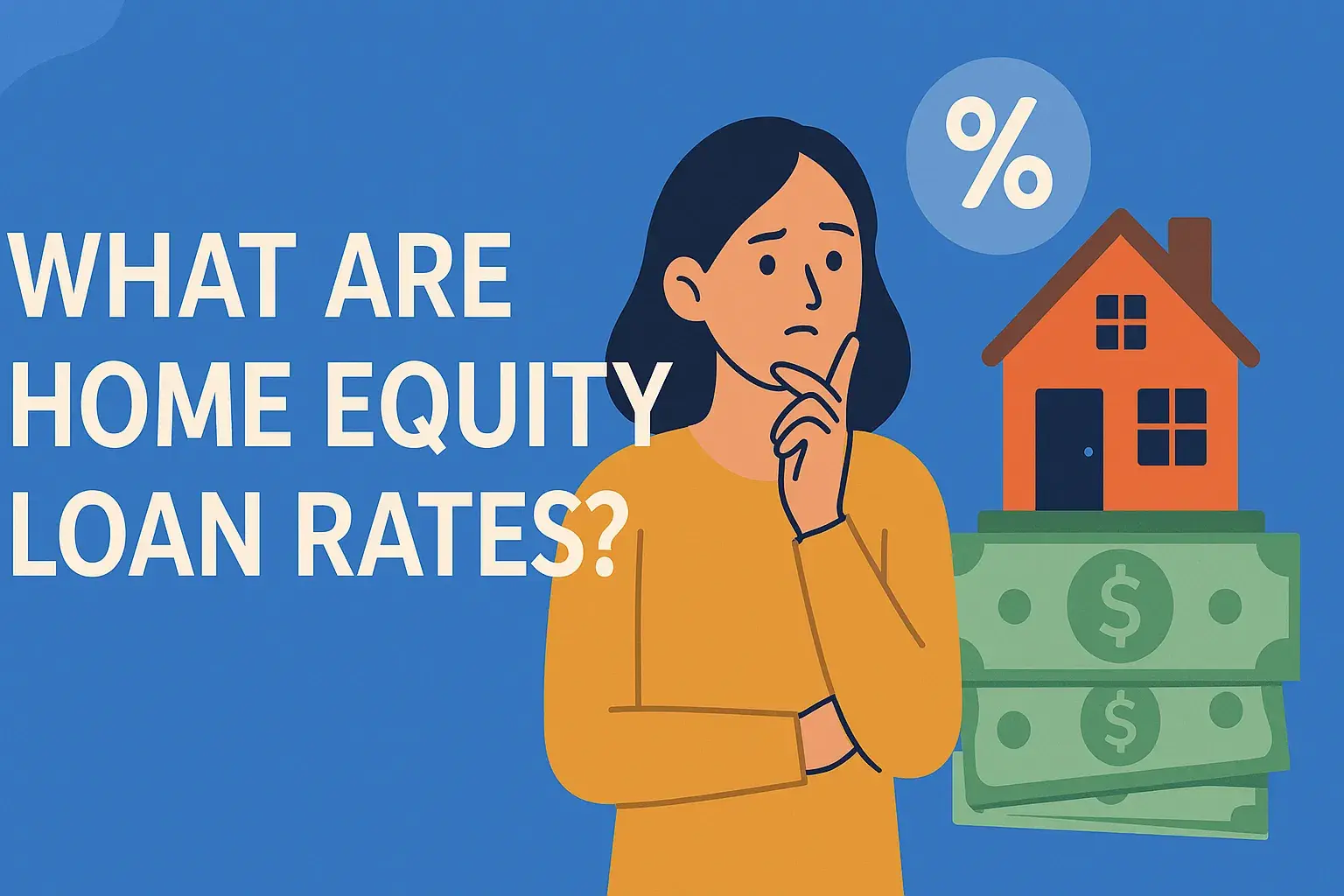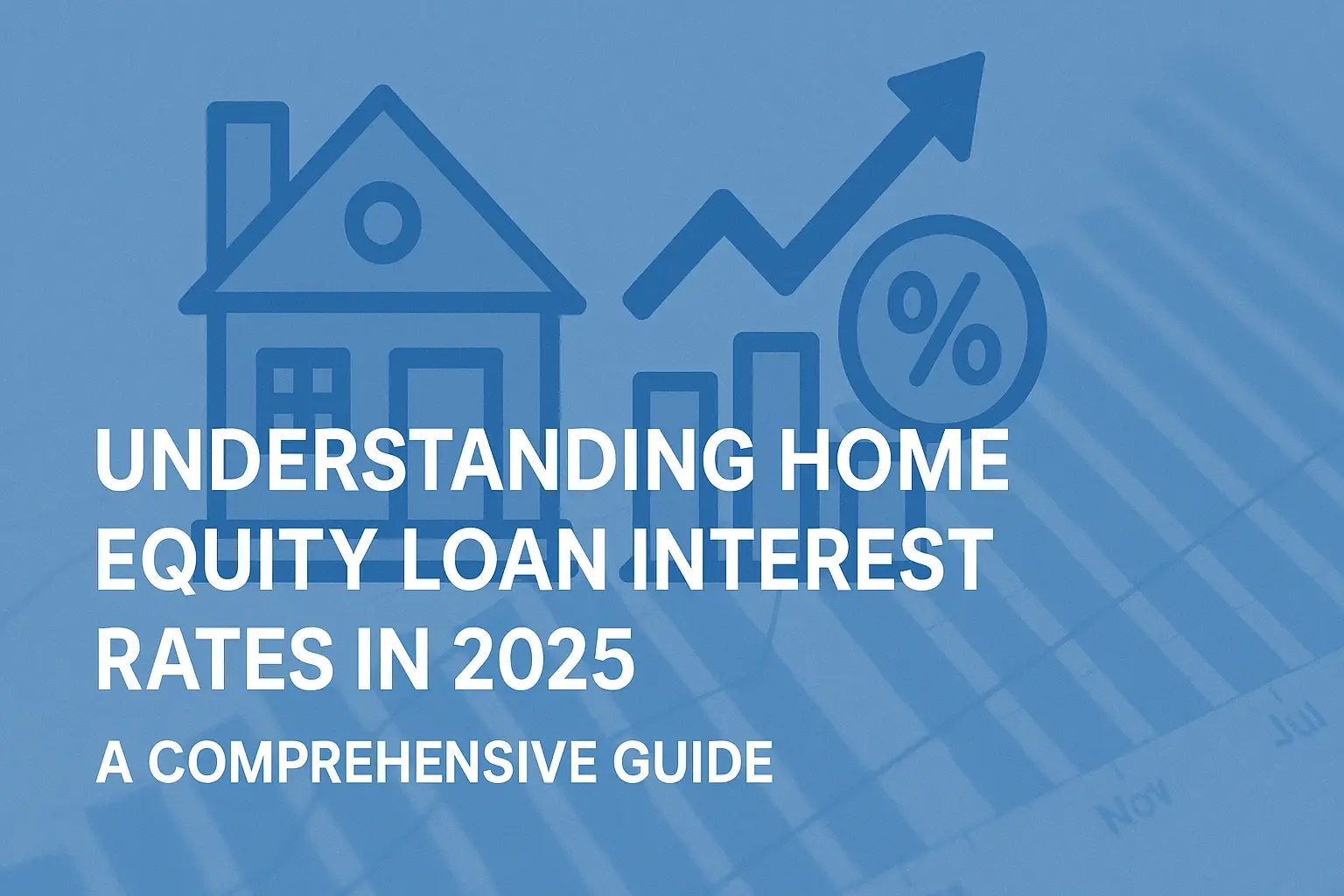-
Posted on: 31 Jul 2024
-
Buying a home is a major financial decision, and understanding what you can realistically afford is crucial. If you're earning $60,000 a year, this guide will walk you through the factors that determine your home-buying potential, providing you with the knowledge to make informed choices. We’ll cover everything from the 28/36 rule and debt-to-income ratio (DTI) to down payments, credit scores, and other essential considerations.
Understanding the Affordability Basics
Before diving into specific numbers, let's establish some fundamental principles of home affordability. Lenders assess your ability to repay a mortgage based on several factors, aiming to minimize their risk and ensure your financial stability. These factors include your income, debt, credit history, and down payment.
The 28/36 Rule: A Common Guideline
The 28/36 rule is a widely used guideline for determining how much of your income should be allocated to housing expenses. It suggests that:
- 28% Rule: Your monthly housing costs (including mortgage payment, property taxes, homeowner's insurance, and potentially HOA fees) should not exceed 28% of your gross monthly income.
- 36% Rule: Your total monthly debt payments (including housing costs, student loans, car loans, credit card debt, etc.) should not exceed 36% of your gross monthly income.
Applying the 28/36 rule to a $60,000 annual salary:
- Gross Monthly Income: $60,000 / 12 = $5,000
- 28% of Gross Monthly Income: $5,000 * 0.28 = $1,400 (Maximum for Housing Costs)
- 36% of Gross Monthly Income: $5,000 * 0.36 = $1,800 (Maximum for Total Debt)
This means, ideally, your total monthly housing expenses should stay around $1,400, and all your monthly debt payments combined shouldn't exceed $1,800. Keep in mind that these are just guidelines, and lenders will consider other factors as well.
Debt-to-Income Ratio (DTI)
Your Debt-to-Income ratio is a critical factor in mortgage approval. It represents the percentage of your gross monthly income that goes towards paying debts. Lenders typically prefer a DTI below 43%, but some may approve loans with higher DTIs depending on other compensating factors, such as a strong credit score and a substantial down payment.
To calculate your DTI:
- Calculate your total monthly debt payments (including estimated housing costs).
- Divide your total monthly debt payments by your gross monthly income.
- Multiply by 100 to express it as a percentage.
Example: Using the figures from the 28/36 rule analysis, if your total monthly debt is $1,800 and your gross monthly income is $5,000, your DTI would be ($1,800 / $5,000) * 100 = 36%.
Estimating Your Affordable Home Price
Now, let's translate the $1,400 monthly housing cost from the 28/36 rule into an estimated home price. This is a simplified calculation, as interest rates, property taxes, and insurance premiums vary widely depending on location and the current market conditions.
Factors Influencing Mortgage Payments
- Interest Rate: A lower interest rate significantly reduces your monthly payment. Shop around for the best rates.
- Loan Term: A longer loan term (e.g., 30 years) results in lower monthly payments but higher overall interest paid. A shorter loan term (e.g., 15 years) leads to higher monthly payments but lower overall interest.
- Down Payment: A larger down payment reduces the loan amount and potentially qualifies you for a lower interest rate.
- Property Taxes: These vary widely by location and are usually calculated as a percentage of the assessed property value.
- Homeowner's Insurance: This protects your home against damage and liability. The cost depends on factors such as coverage amount and location.
- Private Mortgage Insurance (PMI): If your down payment is less than 20%, you'll likely need to pay PMI, which protects the lender in case you default on the loan. PMI is usually included in your monthly mortgage payment.
- Homeowners Association (HOA) Fees: If you buy a condo or a home in a community with an HOA, you'll have to pay monthly fees that cover the cost of maintaining common areas.
Calculating an Approximate Home Price
To get a rough estimate, let's assume the following:
- Interest Rate: 6.5% (This is just an example; current rates should be researched)
- Loan Term: 30 years
- Property Taxes: 1% of the home's value annually
- Homeowner's Insurance: $1,200 per year ($100 per month)
- No HOA fees
With a $1,400 monthly budget for housing costs, we need to subtract property taxes and insurance to find out how much is left for the mortgage principal and interest. Property taxes depend on the house value so we need to use an iterative approach, or a mortgage calculator.
Let's start with a hypothetical house price of $220,000. Then, the annual property tax would be $2200, or approximately $183 per month. The total monthly tax and insurance bill is $183 + $100 = $283. This leaves $1400 - $283 = $1117 for principal and interest. Using a mortgage calculator, we can find that with these assumptions a $220,000 house is roughly affordable.
This is a highly simplified example. A more detailed analysis requires using a mortgage calculator and factoring in specific local tax rates and insurance costs. You can use online mortgage calculators to experiment with different scenarios and see how changes in interest rates, down payments, and other factors affect your monthly payments and affordability. Some good ones are available from Bankrate, NerdWallet and similar sites.
Beyond the Numbers: Additional Considerations
While the 28/36 rule and DTI provide a solid foundation, several other factors influence your home-buying journey and your long-term financial well-being.
Down Payment
The down payment is the upfront cash you pay towards the purchase of your home. A larger down payment (e.g., 20% or more) offers several advantages:
- Avoidance of PMI: As mentioned earlier, a down payment of at least 20% typically eliminates the need for PMI.
- Lower Interest Rate: Lenders often offer lower interest rates to borrowers with larger down payments, as they are perceived as less risky.
- More Equity: A larger down payment means you own a greater share of your home from the start, providing you with more financial security.
While a 20% down payment is ideal, it may not be feasible for everyone. There are low-down-payment mortgage options available, such as FHA loans (with down payments as low as 3.5%) and USDA loans (for eligible rural properties, with no down payment required). However, these loans often come with stricter requirements and may involve paying mortgage insurance.
Credit Score
Your credit score is a numerical representation of your creditworthiness. A higher credit score generally leads to better mortgage terms, including lower interest rates. Lenders typically look for a credit score of 620 or higher to qualify for a conventional mortgage. A score of 740 or higher will give you access to the best interest rates. Regularly check your credit report for errors and take steps to improve your credit score if necessary, such as paying bills on time and reducing credit card debt.
Closing Costs
Closing costs are fees associated with finalizing the purchase of your home. These costs can include appraisal fees, title insurance, loan origination fees, and recording fees. Closing costs typically range from 2% to 5% of the home's purchase price, so it's essential to factor them into your budget.
Long-Term Expenses of Homeownership
Remember that owning a home involves ongoing expenses beyond the mortgage payment. These include:
- Property Taxes
- Homeowner's Insurance
- Maintenance and Repairs: Set aside a portion of your budget each month for potential repairs and maintenance.
- Utilities: These can include electricity, gas, water, and trash removal.
- Homeowners Association (HOA) Fees (if applicable)
Failing to account for these expenses can lead to financial strain and make it difficult to maintain your home.
Location, Location, Location
Home prices and associated expenses vary significantly by location. A $60,000 salary might allow you to afford a comfortable home in a rural area or a smaller town but may only afford you a modest condo in a major metropolitan area. Research the housing market in your desired location and consider the cost of living, including transportation, food, and entertainment.
Pre-Approval
Getting pre-approved for a mortgage is a crucial step in the home-buying process. It involves submitting your financial information to a lender, who will then assess your creditworthiness and determine how much you can borrow. Pre-approval strengthens your offer when you find a home you want to buy and gives you a realistic understanding of your budget.
Tips for Maximizing Your Affordability
If you're on a $60,000 salary and want to increase your home-buying potential, consider these strategies:
- Improve Your Credit Score: A higher credit score translates to lower interest rates.
- Reduce Debt: Paying down existing debt lowers your DTI and makes you a more attractive borrower.
- Save for a Larger Down Payment: A larger down payment reduces your loan amount and potentially eliminates PMI.
- Explore First-Time Homebuyer Programs: Many states and localities offer assistance programs for first-time homebuyers, including down payment assistance and low-interest loans.
- Consider a Less Expensive Location: Exploring areas with lower housing costs can significantly expand your options.
- Shop Around for the Best Mortgage Rates: Don't settle for the first offer you receive. Compare rates from multiple lenders to find the most favorable terms.
- Consider a Smaller Home: You may be able to afford more by purchasing a smaller or more modest home.
- Increase Your Income: Consider strategies to increase your income, such as taking on a side hustle or pursuing professional development opportunities.








